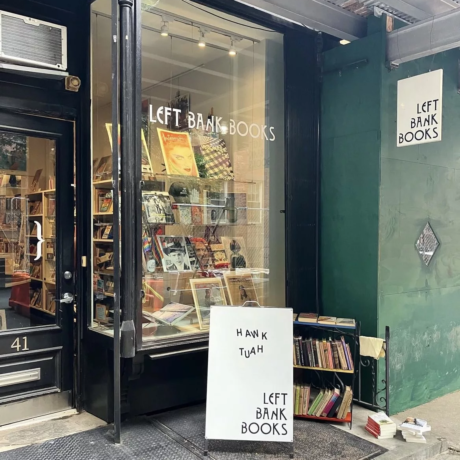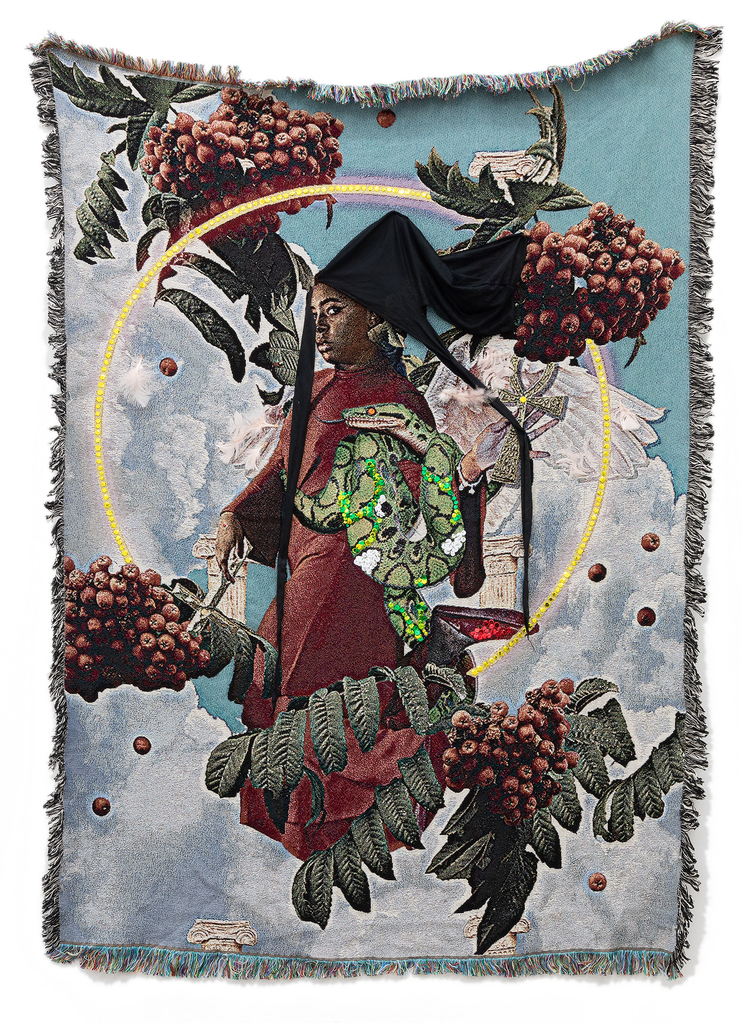
Its roots may lie in an ancient need for warmth and shelter, but the act of interlacing threads has developed into an elaborate and often extravagant art form over the centuries, from the allegorical tapestries that adorn the walls of European stately homes, to the intricate, reversible silk images of Chinese kesi.
While weaving might seem to have little to do with the age of the Information Superhighway, the marrying of weft and warp informed the technology that conceived the binary codes of modern computer programming. Perhaps this is why so many contemporary artists feel an affinity with the form? Whether rendering the aesthetics of digital interfaces in thread, or relaying the complex realities of modern existence through a medium that is tied to constructs of commerce, status and power, the artists featured here give new life to an ancient art.
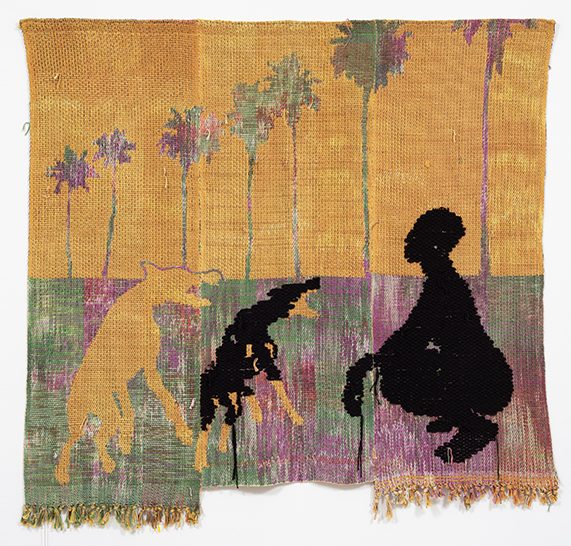
Diedrick Brackens
West African weaving, European tapestry and quilt-making from America’s southern states come together in Bracken’s works. He uses this fusion to visualise the multifaceted narratives of African-American and queer identities—he always hand-dyes his cotton as part of an acknowledgement of the material’s brutal colonial history.
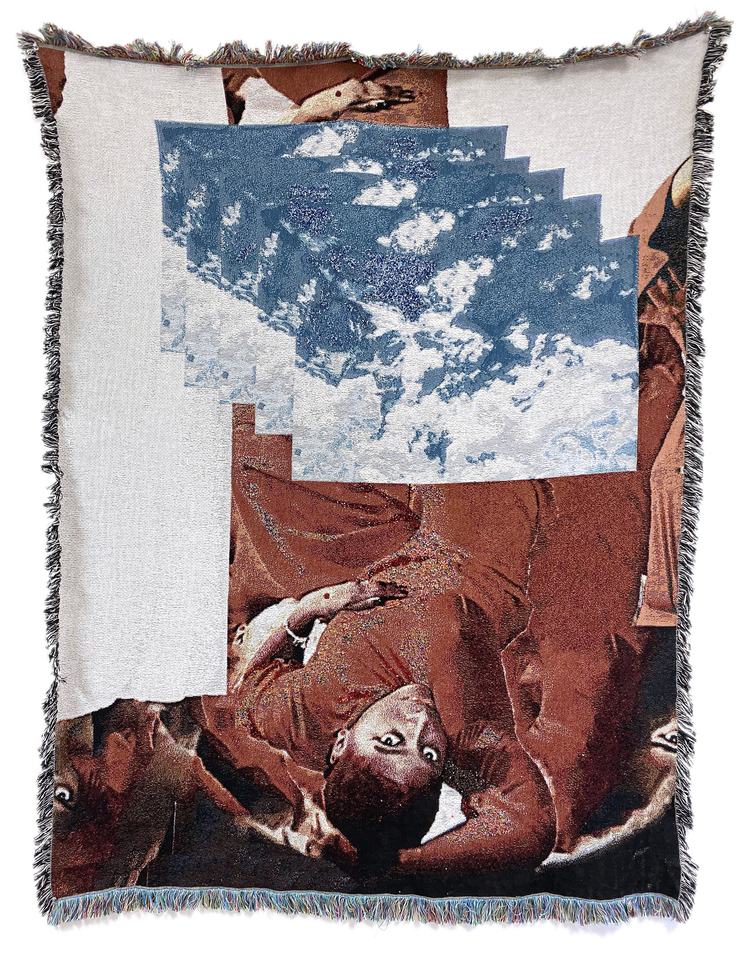
Qualeasha Wood
Proposing new perspectives on Black female identity is a key concern for Wood. Her tapestries elevate the flattened visuals of digital interfaces, mingling references to Catholic iconography and the High Renaissance with emojis, cursors and photographic cut-outs. The result is a compelling portrait of existence within and beyond the screen.

Faig Ahmed
Disrupting the intricate patterns of traditional Azerbaijani rugs is more than an aesthetic concern for this Baku-based artist. He uses a variety of interventions, from glitches and tears to colossal installations, to remix the art of weaving, thus interrogating stereotypes surrounding cultural identity, shared heritage and the visual language of Islam.
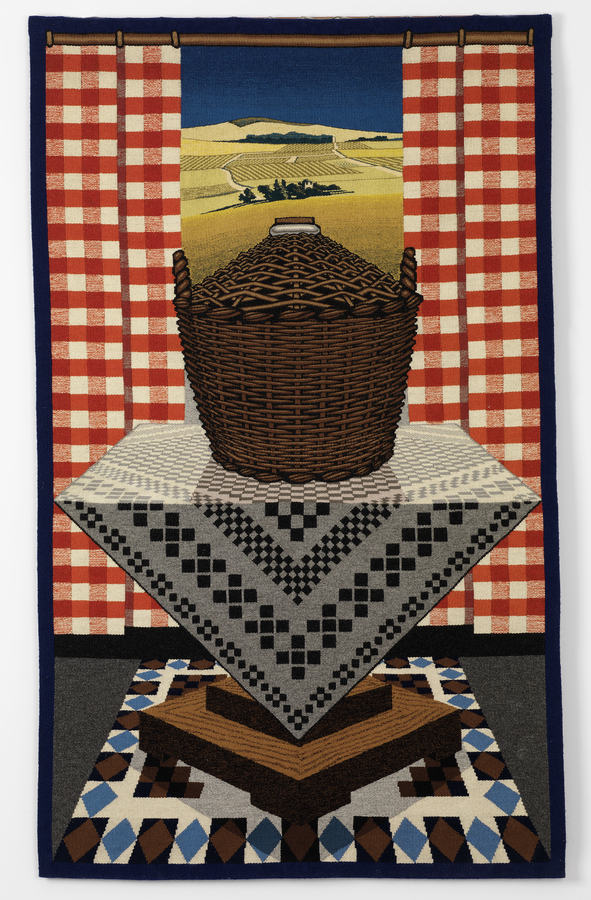
Archie Brennan, The Wine Cask, 1974. Image © Shannon Tofts
Archie Brennan
This Edinburgh native changed the face of contemporary tapestry by fusing Pop Art sensibilities with exceptional technical knowledge, which he shared with students across the globe. In this work, his artful ability to visualise textiles within textiles is evident, as is the influence of medieval, pre-Columbian and Coptic forms of perspective.
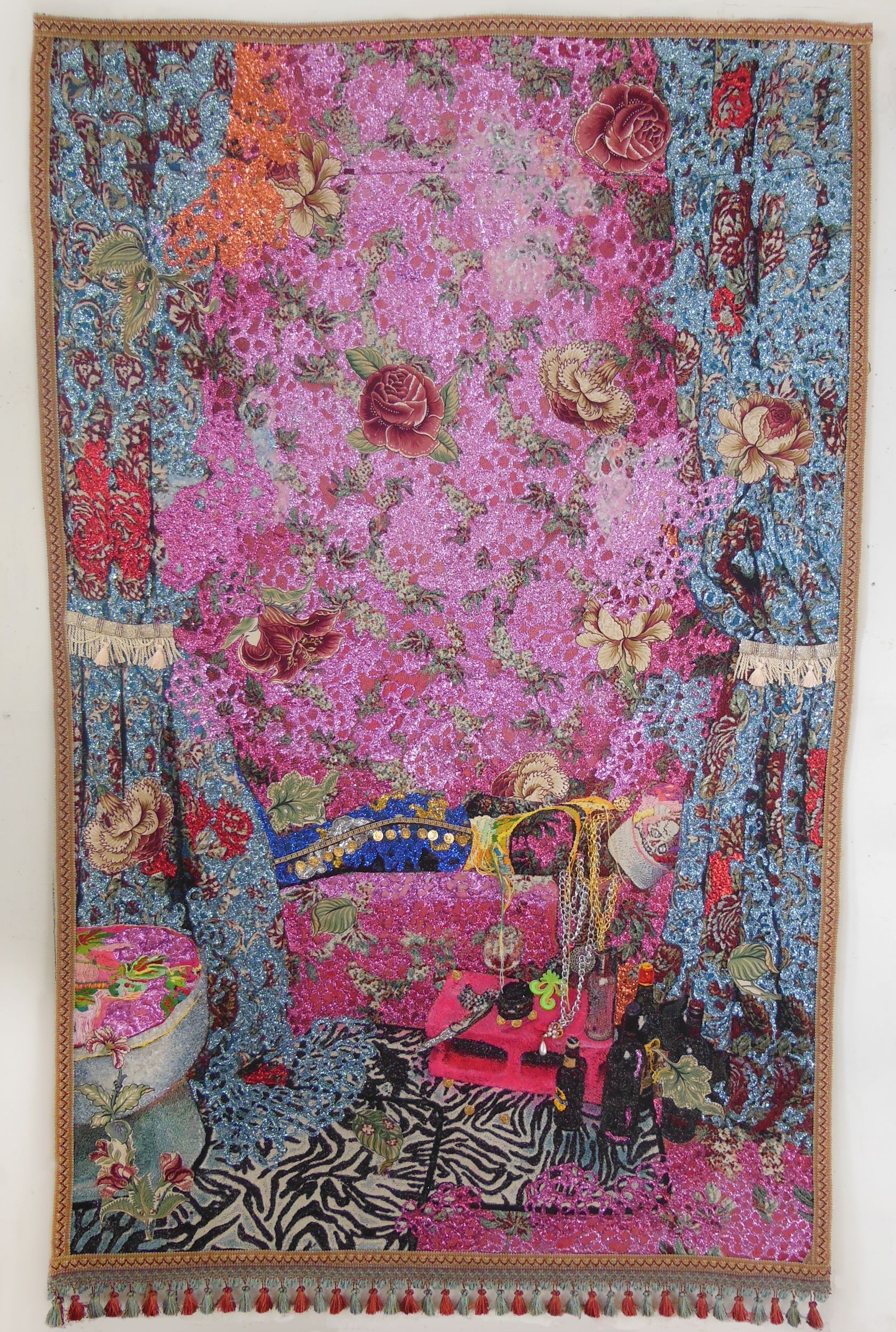
Ebony G Patterson
Embellishment reigns supreme in Patterson’s mixed media works. She combines jacquard-weave tapestry with all manner of glittering appliqué, to consider the cultural implications of ‘bling’, whether it be an act of commemoration, posturing masculinity, kicking against societal oppression, or symbolising consumer culture.
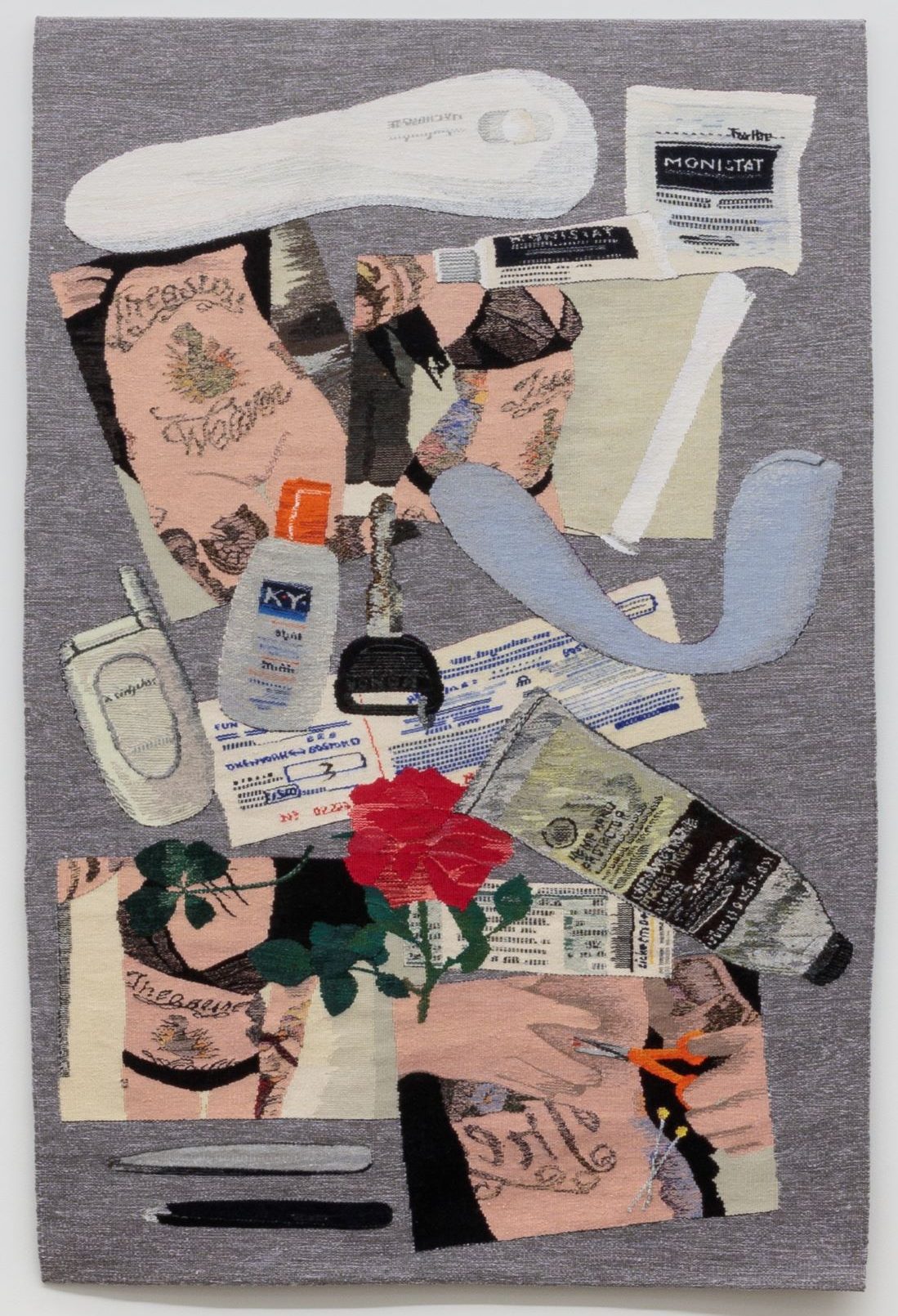
Erin M Riley
Traditional tapestries tend to focus on vast scenes of power and allegory, but Riley uses the form to create distinct, intimate scenes. She first took to the loom at college, and continues to grapple with ‘feminine’ expectations
of craft to develop more realistic portrayals of contemporary womanhood, which don’t shy away from explicit content.
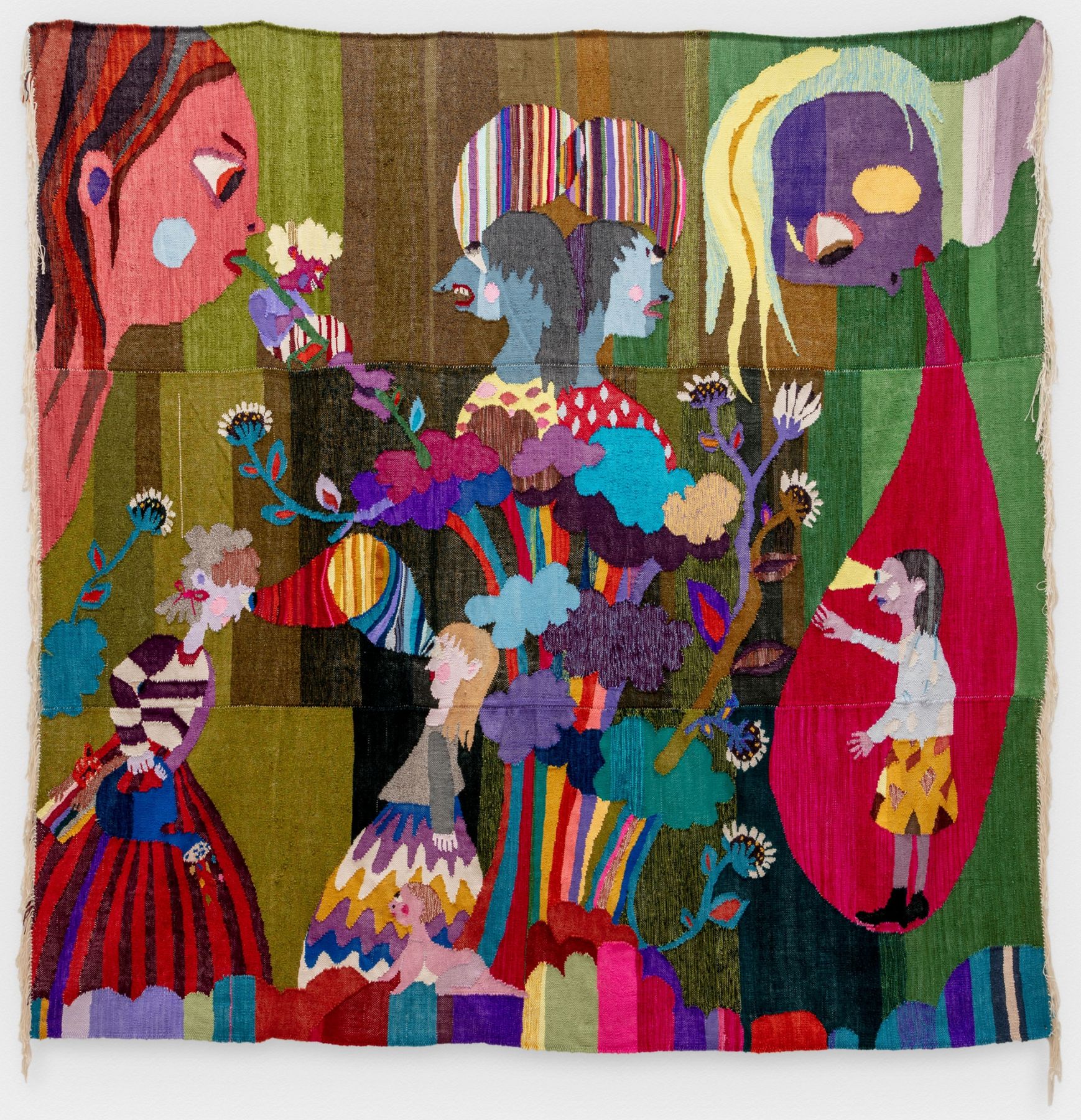
Christina Forrer
The binary process of weaving, where the battle for one thread to be visible over another is paramount, is well-suited to Forrer’s obsession with conflict. So too are the cute yet sinister visuals of Swiss folklore. The artist combines both in her disarmingly uncanny works, which wouldn’t look out of place on the walls of an eerie wood cabin.
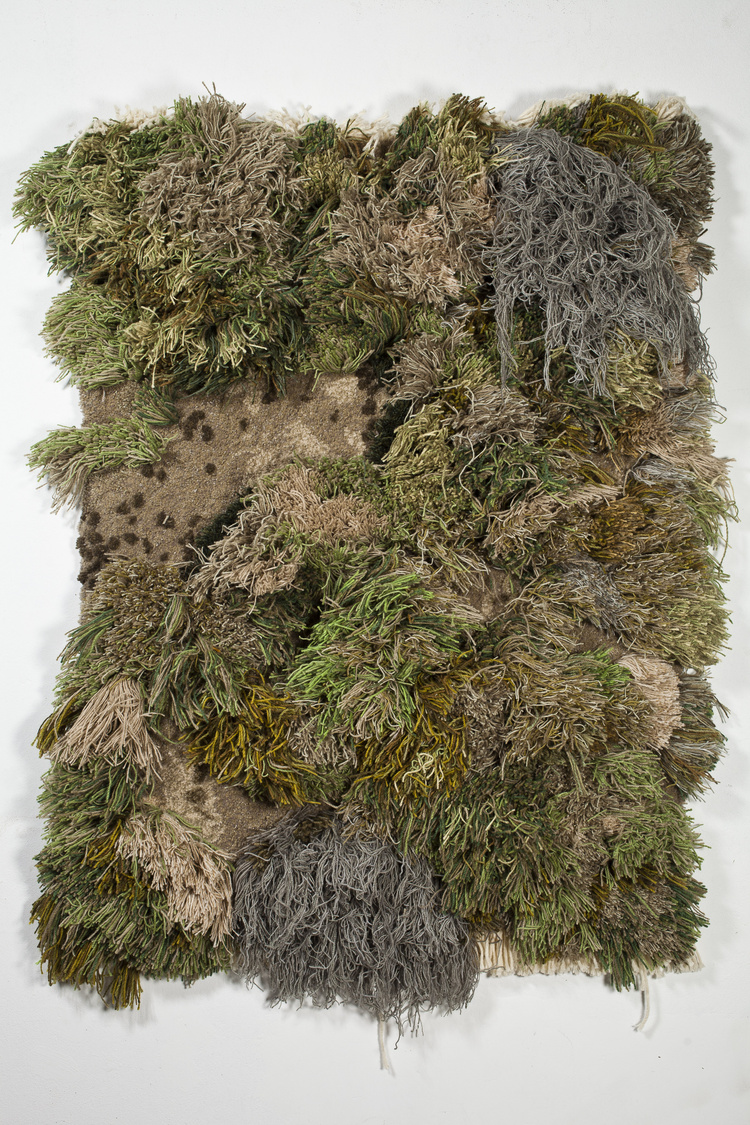
Prayer Rug, 2018. Courtesy Alexandra Kehayoglou studio
Alexandra Kehayoglou
Working in her Buenos Aires studio, Kehayoglou creates laboriously crafted, hand-tufted textiles that recall the endangered landscapes of her homeland, and beyond. These stunning, highly sculptural odes
to the environment are made from discarded materials and decry violent forms of environmental destruction.
Holly Black is Elephant’s managing editor
This article originally appeared in Elephant #46 — Autumn Winter 2021, available to buy here



